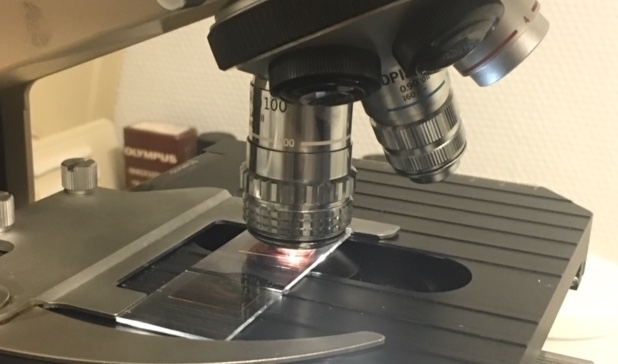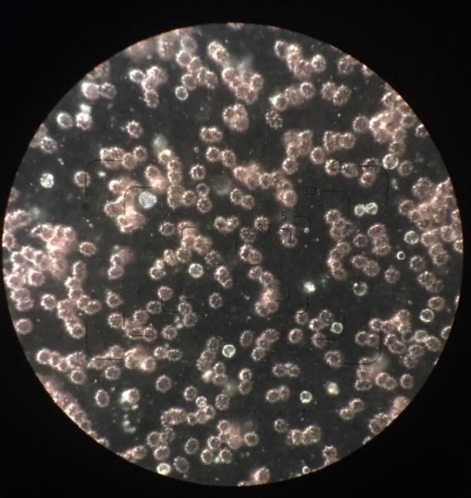Safety of the autovaccine
Twelve tubes of blood are taken from the patient to make one course of autovaccine therapy. Two extra collection tubes are filled and sent as a control sample to a laboratory once the preparation of the autovaccine has been completed as one batch. All the blood samples in the collection tubes are properly labelled as soon as they have been obtained from the patient to avoid the possibility of accidental exchange with another patient. As explained further on this site, the autovaccine is nothing more than the patient’s own blood – sealed in vacuum tubes - that has been kept at body temperature in sterile conditions, and gently rocked, for the duration of several weeks. This sets off a denaturation process of all bio-active molecules in the blood – with the exception of human and bacterial DNA molecules which are essentially indestructible. This process is called incubation.
Towards the end of this incubation period, the two control collection tubes are sent to a laboratory where the samples are cultured to see if there are any bacteria or other organisms that could compromise the safe use of the autovaccine.  It is necessary to ensure that there is no chance of infection when administering the autovaccine. Once these tests have proved there are no bacteria or fungi present, the danger of infection is eliminated. The classical sterility of the samples has proved to be 100% in all samples tested in the last nine years. In practice, no patient has become infected as a result of the autovaccine therapy.
It is necessary to ensure that there is no chance of infection when administering the autovaccine. Once these tests have proved there are no bacteria or fungi present, the danger of infection is eliminated. The classical sterility of the samples has proved to be 100% in all samples tested in the last nine years. In practice, no patient has become infected as a result of the autovaccine therapy.

Any kind of negative autoimmune system reaction to the autovaccine would require the presence of bio-active, white blood cells (autoreactive T-lymphocytes) in the vaccine. These lymphocytes can only survive 5-20 days. The extensive six-week incubation period for the autovaccine builds in a large safety margin that guarantees that these cells are no longer active. In order to double-check this, we have taken fresh blood from patients, mixed this with the final vaccine produced from their own blood and looked at it under the microscope. In no single case could we see that the fresh blood cells had coagulated, so we could eliminate the effect of incompatibility in practice. In other words, there was no danger to the patient that the autoimmune system would be adversely affected by the autovaccine. This result was to be expected in the light of generally available scientific knowledge on the subject, and because the autovaccine contains no substance foreign to the patient.
The images seen here have been taken of a microscope test done using a small amount of fresh blood from a patient, that had been brought into contact with the autovaccine made from it. The image shows that the red blood cells do not coagulate on contact with the autovaccine. This indicates the absence of a negative auto-immune system reaction.